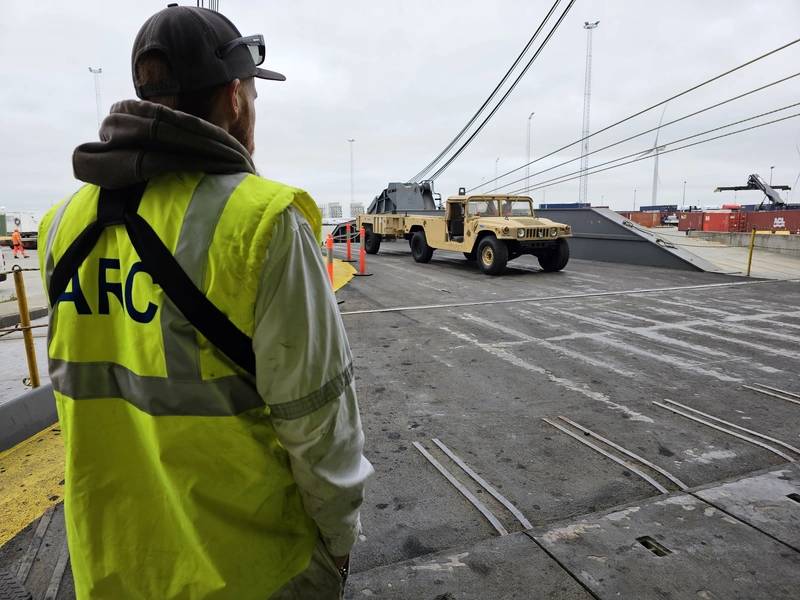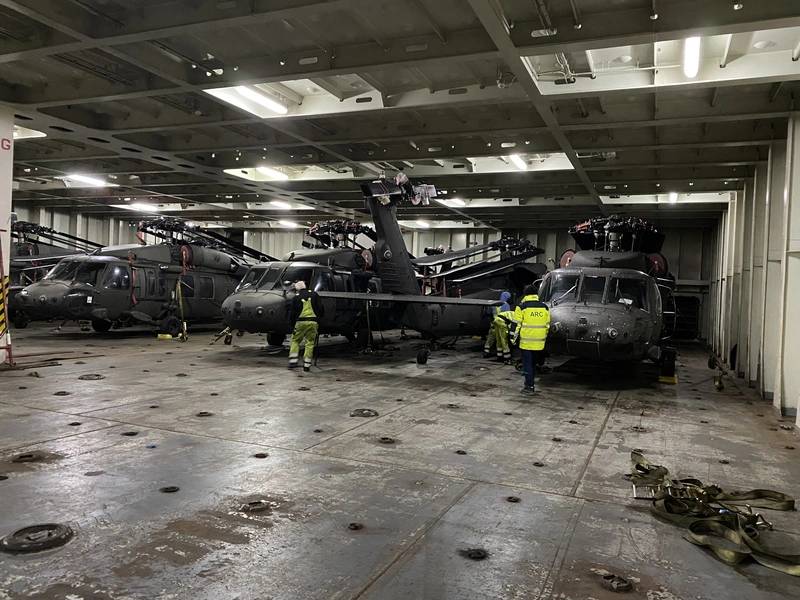Leveraging Human Factors for Safer Maritime Vessel Ops
A safety management system, while vital, can only take a company so far. The real change has to be cultural throughout an organization.
Many maritime companies can operate effectively under the International Safety Management Code, which governs safety and pollution prevention for ships. Frameworks like these enable carriers to act compliant with basic safety standards, but there is a significant human element not quite covered by such standards. In 2012, Allianz looked at around a century of maritime incidents, estimating that 75% to 96% of marine accidents involved some human error. That's where the adoption of “human factors” comes into play.
Airlines have relied on analysis of human factors for decades, understanding that even the most advanced systems and rigorous processes can fall short if the human element is neglected. The emphasis on analyzing behaviors, decision-making, and communication patterns has yielded remarkable safety improvements in aviation. We recognized that this aviation example could be adopted at American Roll-On Roll-Off Carrier (ARC), as well as by other maritime companies.
At ARC, we continue to see how considering human factors can be just as critical to keeping our crews safe and delivering for our customers. From our lessons learned over five years of implementing human factors analysis, we have focused our analysis on three core principles that any carrier can follow. Image courtesy ARC
Image courtesy ARC
1. Creating a No-Blame Culture
One of the most significant barriers to safety improvement in any industry is the fear of blame. When individuals fear repercussions, they’re far less likely to report mistakes or near misses, which means crucial learning opportunities are lost. In the airline industry, introducing a no-blame culture revolutionized how crews handled mistakes, enabling them to openly discuss incidents without fear of punitive action.
At ARC, we've made a conscious effort to cultivate a similar no-blame culture. It’s not about pointing fingers but about understanding why something went wrong and how we can fix it.
Early in our adoption of human factors, ARC officers pointed to this as a critical component of reducing risk in the fleet. By framing non-conformities—instances where procedures or actions don’t meet safety standards—not as failures but as opportunities for learning, we’ve seen our teams become more engaged and proactive in reporting issues. This cultural shift has allowed us to address minor problems before they become big ones.
2. Accepting and Disclosing Mistakes
A no-blame culture naturally leads to more openness, but it must be paired with an environment where mistakes are accepted, disclosed, and analyzed. The most effective way to improve is to be upfront about where things have gone wrong. Early in our implementation of human factors, ARC held a series of workshops where our officers were encouraged to speak candidly about mistakes they had made or witnessed. This “tone of accountability,” as we call it, was a powerful step. We saw officers from across the fleet open up at ARC’s key officer conferences about situations where better decisions could have been made. The point was not to dwell on the error but to learn from it and improve.
This kind of honesty can be challenging to achieve, especially in industries where the stakes are high, but ARC has found it essential for long-term safety improvements. Image courtesy ARC
Image courtesy ARC
3.Greatly Increasing Communication
Communication is the backbone of any successful safety program, and, in human factors, it’s no different. Too often, miscommunications or assumptions onboard or between ship and shore lead to preventable incidents. Almost every report from the National Transportation Safety Board shows that a critical failure from an accident, whether it is a massive container ship or a small tugboat, comes from miscommunication or a failure to communicate. These incidents can be fatal.
At ARC, we’ve made significant strides in improving communication. We’ve implemented bi-weekly meetings with every ship in our fleet using video conferencing tools to improve communication, aided by our full fleet adoption of Starlink. These aren’t just high-level check-ins; they involve the entire crew, from the captain to the cadets. Everyone is encouraged to participate, share what’s working, and highlight what needs improvement. In addition, ARC uses a monthly newsletter to relay safety information to the fleet so that important details are shared between the ships. This inclusive communication ensures that critical feedback is shared across all levels of the operation.
We also use regular surveys to gauge the effectiveness of our communication strategies and to identify areas for further improvement. By addressing the feedback we receive from the fleet, we ensure that we’re not just talking about safety but continually improving it.
Conclusion
As an active participant in the Maritime Security Program, helping deliver military cargo needed for U.S. armed forces, ARC takes our operations seriously. With this in mind, we see creating this culture as not only helping to create a safer, more efficient maritime work environment but also a way to support our nation’s security. ARC is leading with human factors analysis and we share these three core principles in the hope the rest of the maritime community will follow.
- https://www.allianz.com/content/dam/onemarketing/azcom/Allianz_com/migration/media/press/document/other/agcs_safety_shipping_1912-2012.pdf
- https://www.marinelink.com/news/arc-rolls-starlink-across-usflag-fleet-514415
- https://thedefensepost.com/2024/09/30/us-maritime-security-gap/




